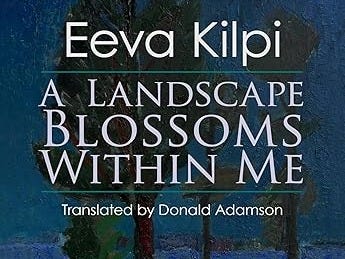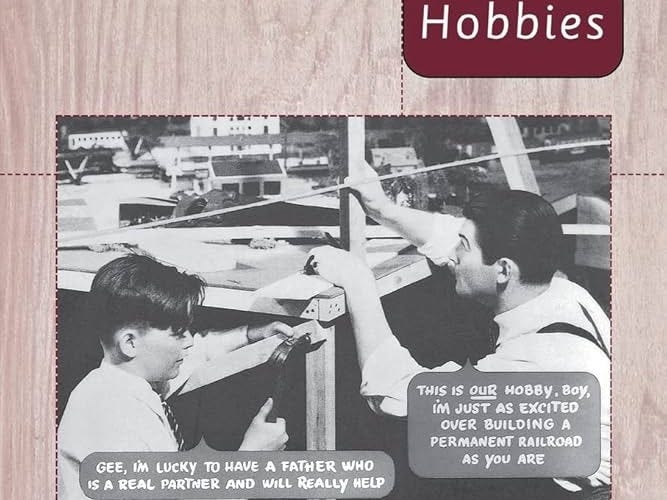11 Best Convivencia Reads from 2024
Coexistence is a recurring theme in fiction and nonfiction, in journalism and in academic literature. Here are the 11 most thoughtful things on living together I read in 2024.
All my work focuses on conditions and practices of convivencia, the ability to co-exist across differences. I especially focus on public spaces, like libraries, on children and youth and leadership.
In 2024, I read 34 books and tons of academic articles, newspapers, monthly magazines. When you work on coexistence, the wonder and challenge is that EVERYTHING is sort of relevant. But some are of course more transformative than others. Here are the 11 best reads from 2024 on coexistence.
Andrew Pettegree & Arthur der Weduwen: The Library. A Fragile History
This book is a masterpiece on the library as an institution. It has helped me tremendously in understanding the history of this institution and making the case for its purpose in a world of competing demands. Most importantly, it has guided me in putting the current challenges of inequity and intellectual freedom in context.
As Pettegree and der Weduwen point out, libraries have not been bastions of open access and democracy throughout their history. They make a convincing argument that the generous promise of library has always been in the making. For most of their history, owning a library was a way to demonstrate privilege. The idea of a public library as a “palace for the people” has led the field only less than a tenth of the institution’s history. And even during that time, libraries have struggled with opening access to non-white populations, women, working classes and children. They have been going back and forth on the role of popular items in the collections versus “civilizing” the public.
While being critical, this book makes you fall in love with libraries.
Sarah Neal, Katy Bennett, Allan Cochrane, Giles Mohan (2019): Community and Conviviality? Informal Social Life in Multicultural Places.
Most of my work on convivencia has to do with public spaces, like libraries and parks. Neal et al. take a critical approach to overly romanticized ideas of living together. They advocate for approaching the idea of community as an active practice, as a verb. They make the point that even when we would take part in weekly activities in public spaces, we are not always aspiring to build friendships or strong connections but to get along and take our lives forward. That these kinds of engagements build our muscle for being “in common”.
“We suggest that social leisure organizations can present micro environments in which the abstractions of social interdependency and ‘being with’ get to be translated into collaborative exchange and practice. Participation with others in the organisations relied on the process of doing community, as well as communing (Studdart and Walkerdine, 2016b).”
Rosecrans Baldwin: Everything Now. Lessons from the City-State of Los Angeles.
My friend David recommended I read this book when I moved to Los Angeles in January. He was right. Rosecrans Baldwin, a travel journalist living in Los Angeles, approaches our home town by writing a collection of stories of people from those providing food and shelter to undocumented immigrants, eternally aspiring actors waiting for their breakthrough, urban planners advocating for understanding the Latino experience, unhoused people surviving on Skid Row or the democratic deficits in the metropolitan governance. Baldwin makes an argument that has really helped my navigate my way here: LA is not a city. You understand LA and its thousands of contradictions much better if you think of it as a city-state.
“Los Angeles probably has no single unifying dream besides the straightforward desire to be loved or not to die in an earthquake - or perhaps not to feel so alone in the vastness of rthe immense slouching shapelessness - but if there is one narrative that outsiders pin to the city-state, stocked with clichés but also some essential truths, it is often the dream of Hollywood.”
Justin Torres: Blackouts
Who feels seen and heard in the ways we look at the past is something I have learned a lot about when working with museum professionals. Both in the friendship and care between gay men of different generations and their exploration on the history of being gay, Justin Torres’ novel is incredibly moving. It reminds us that a minority identity is a constantly moving target. As Juan is dying, the relationship and exchanges between the two men focus on capturing fragments of a history that is bound to disappear with Juan. It is no wonder Torres won the National Book Award for it.
“I'd lost patience for novels. I did not want to die in the middle of a novel. I wanted only endings, last lines, goodbyes, and reunions. I wonder how mights things end for me; how would it read, the final sentence of my life? The verdict?”
Francesca Specter: For Solo Explorers, a Solitude-Friendly ‘Paradise’ Amid the Crowds. The New York Times.
A recent report by the Toronto Public Library on the social impact of libraries highlighted the importance of libraries in tackling loneliness. A lot of us spend time in public spaces by ourselves and they can make us feel less or more alone. This article includes an important reminder of the important difference between being alone, solitude and being lonely. Every person who is in public by themselves is not desperate for connection. From airports to parks, this article has practical examples of design that caters for solitude and makes us feel connected to public life even when we are by ourselves.
“Ms. Peavey cited prospect-refuge theory, or the concept that people feel secure in spaces that allow them to observe their surroundings while remaining hidden themselves. Originally formulated in 1975 by Jay Appleton, a British geographer, the theory was later applied to built environments that were developed with four features: a view or outlook, partial framing of that view, a degree of visual complexity and a degree of “discoverability.”
Tony Talathimutte: Rejection
Talathimutte’s collection of short stories is a punch in the gut. I could not stop listening to it. I found myself extending my bike ride to stay with a story 30 minutes longer.
The book made me think of the often ugly impact of the Internet on our relationships and interactions with others. The book’s loosely connected stories of people from “friend zoned” women, INCEL men defining themselves as the victims of women and people loving to stir sh*t online have one thing in common: they are stories of people who are so tangled up in their experiences of rejection that it becomes a self-fulfilling and disastrous prophecy. For many of them it turns into a quest to prove their rejection right time and time again. I highly recommend this as an audiobook. Just a word of warning: the book is at times extremely explicit.
“This, with the kid gloves of gentility white libs always use when they want to make your annoyance feel unreasonable. The flop-sweating jargon invoked to signal their literacy on the subject of your existence. That fart holding wince when they sense their good intentions going unrewarded.”
George Packer. What Will Become of American Civilization? The Atlantic.
George Packer’s long-form article on how Phoenix in Arizona shows the future of America is journalism worth celebrating. Packer’s article, written before the election, tells a story of a part of America I don’t know very well but which is driving the politics and economy of the United States right now. Arizona is one of the states that are growing rapidly as a result of people are priced out of places like California and immigration. Packer, a celebrated journalist on the modern working class, captures stories of homelessness in a 115-degree heat, vanishing water resources, impact of immigration and the future of the Republican party.
“Growth keeps coming at a furious pace, despite decades of drought, and despite political extremism that makes every election a crisis threatening violence. Democracy is also a fragile artifice. It depends less on tradition and law than on the shifting contents of individual skulls—belief, virtue, restraint. Its durability under natural and human stress is being put to an intense test in the Valley. And because a vision of vanishing now haunts the whole country, Phoenix is a guide to our future.”
Eeva Kilpi: A Landscape Blossoms Within Me.
Eeva Kilpi is one of Finland’s most celebrated poets. In this collection, translated by Donald Adamson, her poems cover themes of aging, love, lust and living with nature.
“Just say if I’m disturbing you,
he said as he stepped over the threshold,
and I’ll leave immediately.
You do more than disturb me,
I answered,
you turn my whole existence upside down.
Welcome.”
Steven M. Gelber: Hobbies. Leisure and Culture of Work in America.
One of my largest projects this year has been looking at the power of hobbies in children’s lives. I am a firm believer that hobbies are a cost-effective and impactful way to foster belonging. Gelber’s book helped me understand how strongly the idea of hobbies is tied to the ideals of productivity and capitalism. Hobbies were introduced as a measure to balance out the negative effects of manual labor. One of the main reasons hobbies were promoted in the late 19th century was to avoid “idle hands” of the working classes. This same narrative - if we keep them busy, they stay out of trouble - dominates debates around child and youth development. What I found especially fascinating and important for my work was Gelber’s argument that the ideal of leisure from work as a reasoning for hobbies was replaced in the 1950s by ideals of fun and making an extra buck.
“Prior to the 1950s, commentators often warned hobbyists away from exploiting their pastimes for monetary gain for fear of corrupting the leisure. After the war, however, the cat was out of the bag, and nobody seemed too terribly upset. Earlier concerns about the insidious influence of profit evaporated so completely that the phrase "for fun and profit" became an advertising cliché. This new group of hobbyists deemphasized freedom, the very essence of leisure, in favor of enjoyment, which became the major criterion by which hobbies were judged.”
Garth Greenwell: Small Rain
Sometimes a novel makes you feel like someone has lifted the veil and exposed your deepest fears. In Greenwell’s latest novel, a middle-aged gay man who has built his life on the idea of being healthy and therefore avoiding regular checks with a doctor, gets very sick. Without giving too much away, the main character is hospitalized with doctors struggling to figure out what is wrong. As the main character is forced to come to terms with being in the hospital for a long time, he has to rely on others and recognize his mortality and vulnerability. The book captures well the practices of attentive and insensitive care.
“All happiness fades, or does for me; misery digs deep gouges in memory, sets the course of the self, I sometimes think, it lays down the tracks one is condemned to move along, whereas happiness leaves no trace. Remember this, I said to myself. Why should only suffering be a vale of soul-making, why shouldn't the soul be made of this moment, too, this unremarkable moment, remember this.”
David Brooks: The Shock of Faith: It’s Nothing Like I Thought It Would Be. The New York Times.
I have always been fascinated by faith. I am especially interested in why people believe in God and how does it help them cope with difficult life situations. Brooks, one of The New York Times’ most noted columnists and a bestselling author, writes about his journey in a way that builds on something I could relate to: doubt and exploration. The way he frames faith as yearning makes it approachable and understandable. I feel very grateful for this deeper understanding on something that is driving people’s personal decisions and politics.
“When religion is seen as belief, the believer lives on a continuum between belief and doubt. But when religion is seen as a longing, the believer lives on the continuum between intensity and apathy. That’s the continuum I live on these days. I’ve gone whole months when God may or may not have been walking beside me, but I can’t bring myself to care. Other desires, chiefly the desire for achievement and prowess, crowd out the higher desire for contact with the divine.”





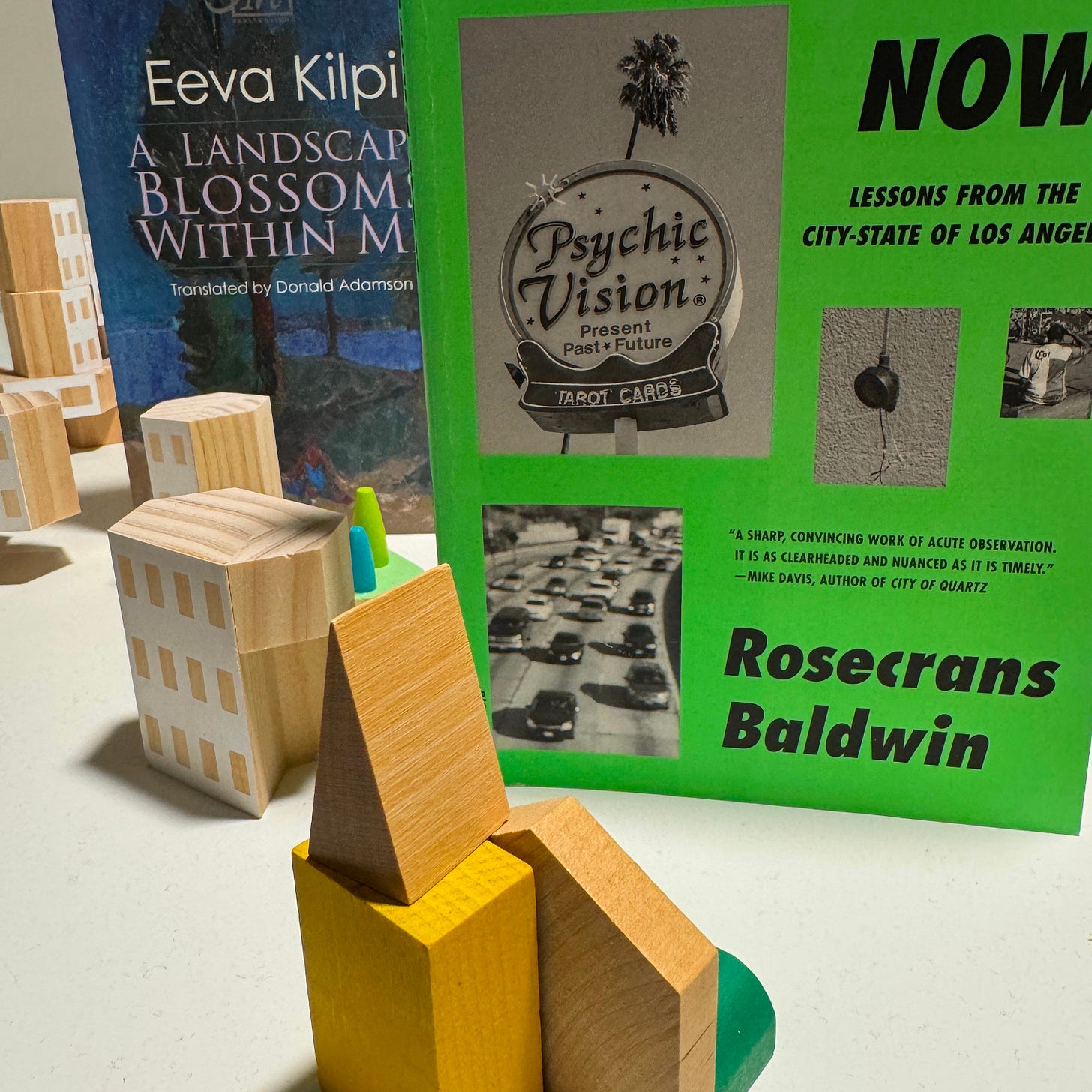
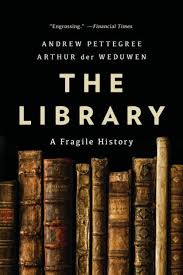
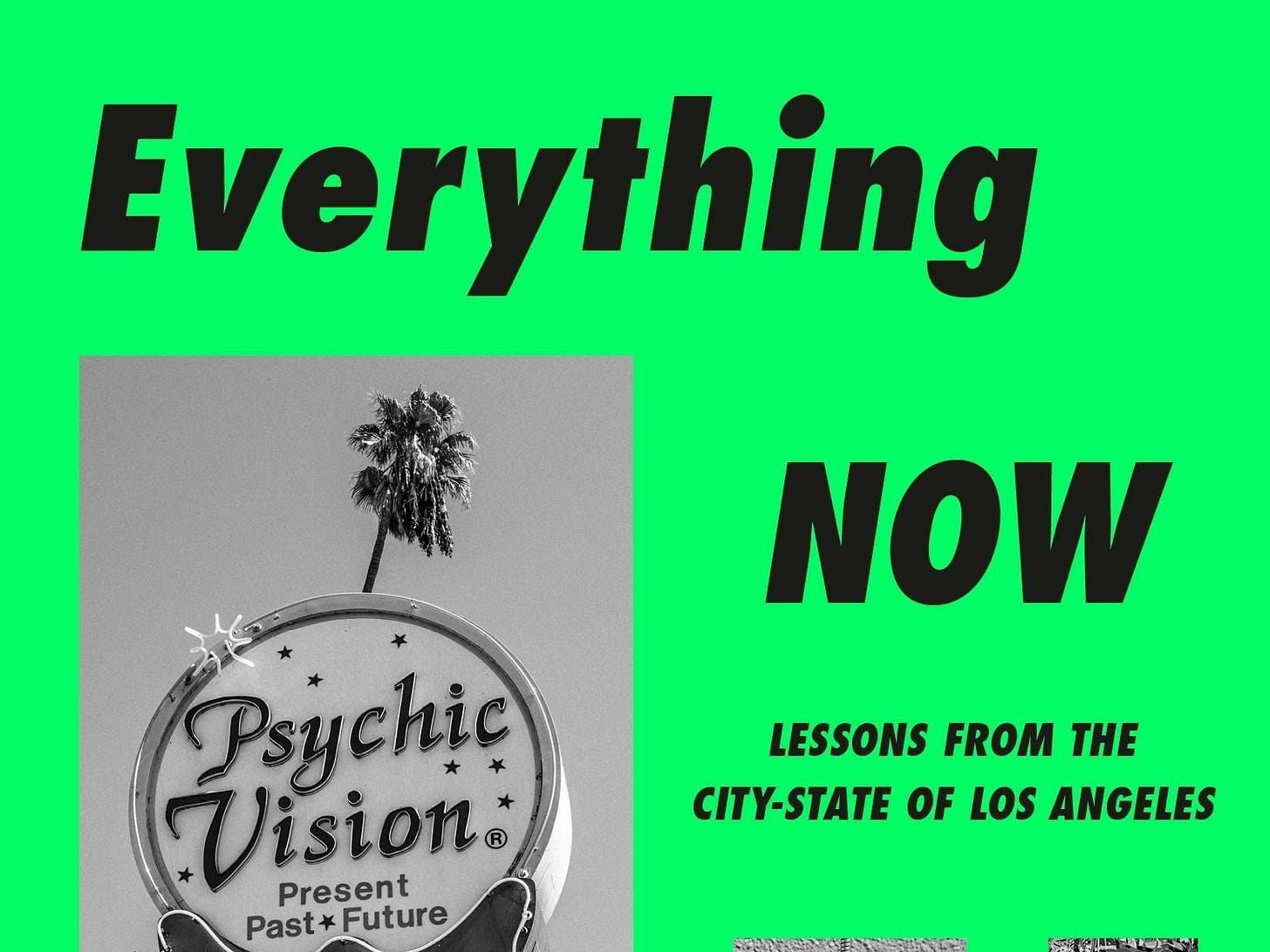
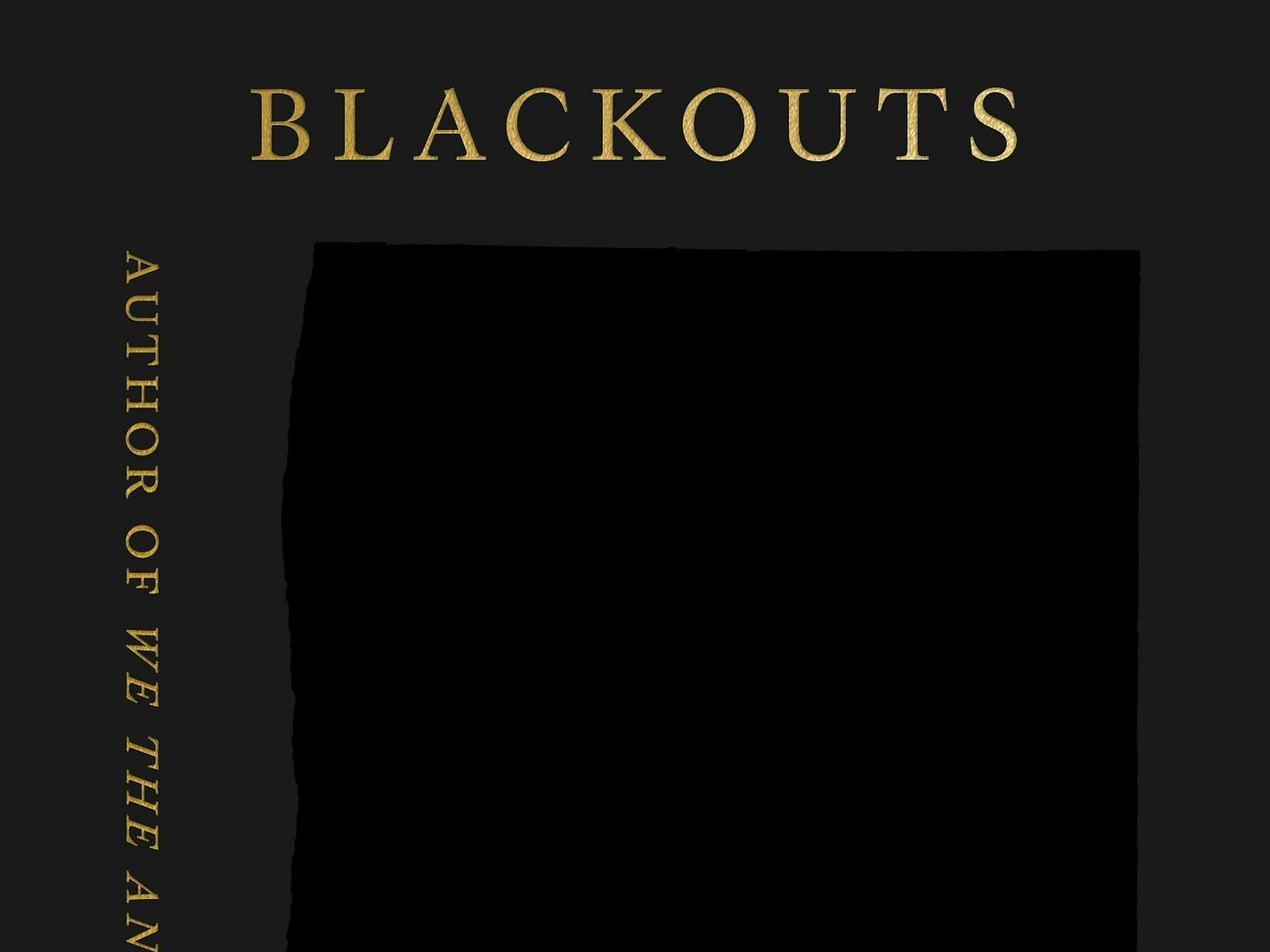

![Rejection: Fiction [Book] Rejection: Fiction [Book]](https://substackcdn.com/image/fetch/$s_!n45_!,w_1456,c_limit,f_auto,q_auto:good,fl_progressive:steep/https%3A%2F%2Fsubstack-post-media.s3.amazonaws.com%2Fpublic%2Fimages%2F4d9ba5a8-22ab-4a90-9f32-8de09afcf5e3_350x350.jpeg)

